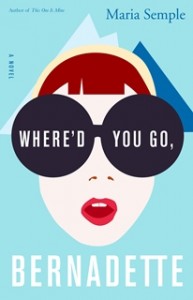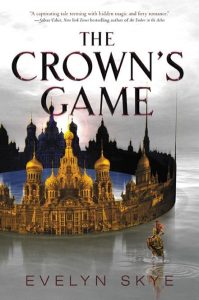 Something about winter calls for a good, strong fantasy story. The cold, blustery weather makes me want to curl up and disappear into an epic tale full of adventure and magic. There’s no shortage of such stories available, but if your favorite reader has consumed all of the Harry Potter and Lord of the Rings iterations available, they will be itching for something new and exciting this year.
Something about winter calls for a good, strong fantasy story. The cold, blustery weather makes me want to curl up and disappear into an epic tale full of adventure and magic. There’s no shortage of such stories available, but if your favorite reader has consumed all of the Harry Potter and Lord of the Rings iterations available, they will be itching for something new and exciting this year.
Look no further than The Crown’s Game, by Evelyn Skye, an alternate history set in enchanting Imperial Russia, with all of the magic, adventure, and romance for which fantasy buffs will clamor. (Bonus: The cover is gorgeous! We know we’re not supposed to judge a book by its cover, but most kids admit that they do anyway.)
The Plot
Vika’s father has been training her to manipulate weather and animals since she was a child. He wants her to become the Imperial Enchantor, the powerful magician who protects the Tsar and helps him defend Russia against enemies. It is the only thing she has ever wanted.
But Vika doesn’t know about Nikolai, the talented orphan adopted by a wealthy family that has helped him hone his abilities to charm machines and conjure fantasies from his dreams. They intend to make him Imperial Enchantor and solidify their place in Russia’s high society.
Neither Vika nor Nikolai know about the other, and neither of them know about the Crown’s Game — the Tsar’s magical battle that will force them to demonstrate their skills. The victor becomes the Imperial Enchantor and part of the Tsar’s Guard. The loser suffers defeat and dies.
Why It’s Worth Reading
We all have times when life gets busy or exhausting. Sometimes we need a break.
Reading this kind of fantasy fiction, set in an exotic location and full of activities that could never take place in real life, is like stepping out of reality for a few moments a day and taking a mental vacation. I’ve never had the privilege of traveling to Russia, but I felt like I was visiting the real locations depicted in the book — the colorful buildings of Nevsky Prospect and the regal Winter Palace in St. Petersburg. The Crown’s Game makes Russia intriguing and exciting, and may even spark some natural inquiry from students about where this book departs from history and becomes fiction.
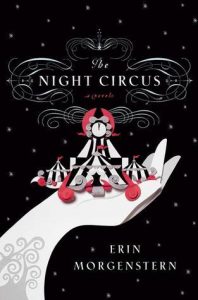 Additionally, this book reminded me of a Russian YA version of The Night Circus, by Erin Morgenstern, which is a favorite of mine. Who doesn’t love a story in which the high-stakes battle pits soul-connected contestants against each other? I never stopped hoping that they would somehow manage to find a magical loophole so that they could both survive and go forward together. If you know teens who liked The Night Circus, encourage them to read this title, or start with The Crown’s Game and use it as a bridge to stretch their interest from YA into literary fiction.
Additionally, this book reminded me of a Russian YA version of The Night Circus, by Erin Morgenstern, which is a favorite of mine. Who doesn’t love a story in which the high-stakes battle pits soul-connected contestants against each other? I never stopped hoping that they would somehow manage to find a magical loophole so that they could both survive and go forward together. If you know teens who liked The Night Circus, encourage them to read this title, or start with The Crown’s Game and use it as a bridge to stretch their interest from YA into literary fiction.
Evelyn Skye is a debut author, but The Crown’s Game is the first book in a planned series (The Crown’s Fate is expected to release in May), and I have a feeling that it is going to be quite popular. Jump on the bandwagon before everyone else is doing it!
Book Details
Reading Level: AR = 5.9, Lexile = HL800L
ISBN: 9780062422583
Format: Hardcover
Publisher: Balzer & Bray
Publication Date: May 17, 2016
Awards & Accolades: Starred review from Kirkus Reviews

Bethany Bratney (@nhslibrarylady) is a National Board Certified School Librarian at Novi High School and was the recipient of the 2015 Michigan School Librarian of the Year Award. She reviews YA materials for School Library Connection magazine and for the LIBRES review group. She is an active member of the Oakland Schools Library Media Leadership Consortium as well as the Michigan Association of Media in Education. She received her BA in English from Michigan State University and her Masters of Library & Information Science from Wayne State University.

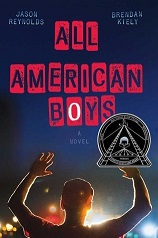 I recently read a knock-out YA novel. It happens to be one of the choices for the
I recently read a knock-out YA novel. It happens to be one of the choices for the 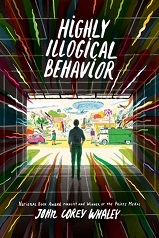 Young adult (YA) literature often gets a bad rap. As a high school librarian, I hear the worst of the stereotypes often. One of the most common is that YA literature is too “dark” or “heavy” or “moody.” I find this perspective perplexing.
Young adult (YA) literature often gets a bad rap. As a high school librarian, I hear the worst of the stereotypes often. One of the most common is that YA literature is too “dark” or “heavy” or “moody.” I find this perspective perplexing. Bethany Bratney (
Bethany Bratney ( A few months back,
A few months back, 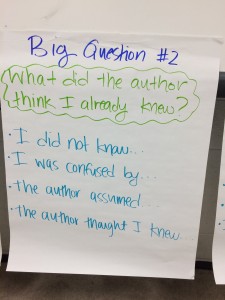
 Jianna Taylor (
Jianna Taylor (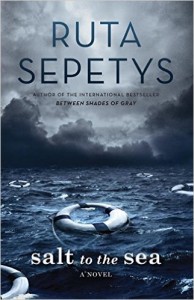 I love historical fiction. Strangely, the reason I seem to love it most is that I find it humbling in two ways.
I love historical fiction. Strangely, the reason I seem to love it most is that I find it humbling in two ways. Secondary teachers continue to switch from old units designed around novels, to new Common Core State Standards units focused on skills and genres. As they do so, an instructional method that can support this shift is the use of mentor texts to “read like a writer.”
Secondary teachers continue to switch from old units designed around novels, to new Common Core State Standards units focused on skills and genres. As they do so, an instructional method that can support this shift is the use of mentor texts to “read like a writer.”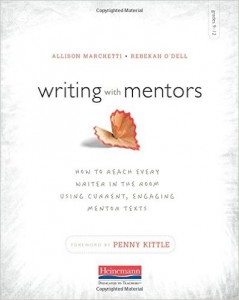 That’s why it’s so exciting to see the recent publication of
That’s why it’s so exciting to see the recent publication of  Megan Kortlandt (
Megan Kortlandt (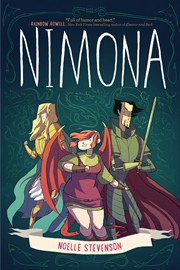

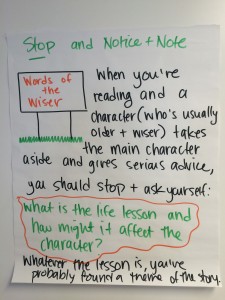
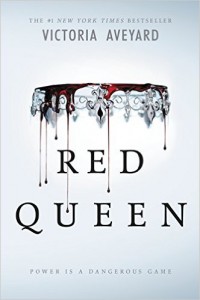
 Long breaks from work and school are the perfect time to squeeze in some reading. But what to choose?
Long breaks from work and school are the perfect time to squeeze in some reading. But what to choose?